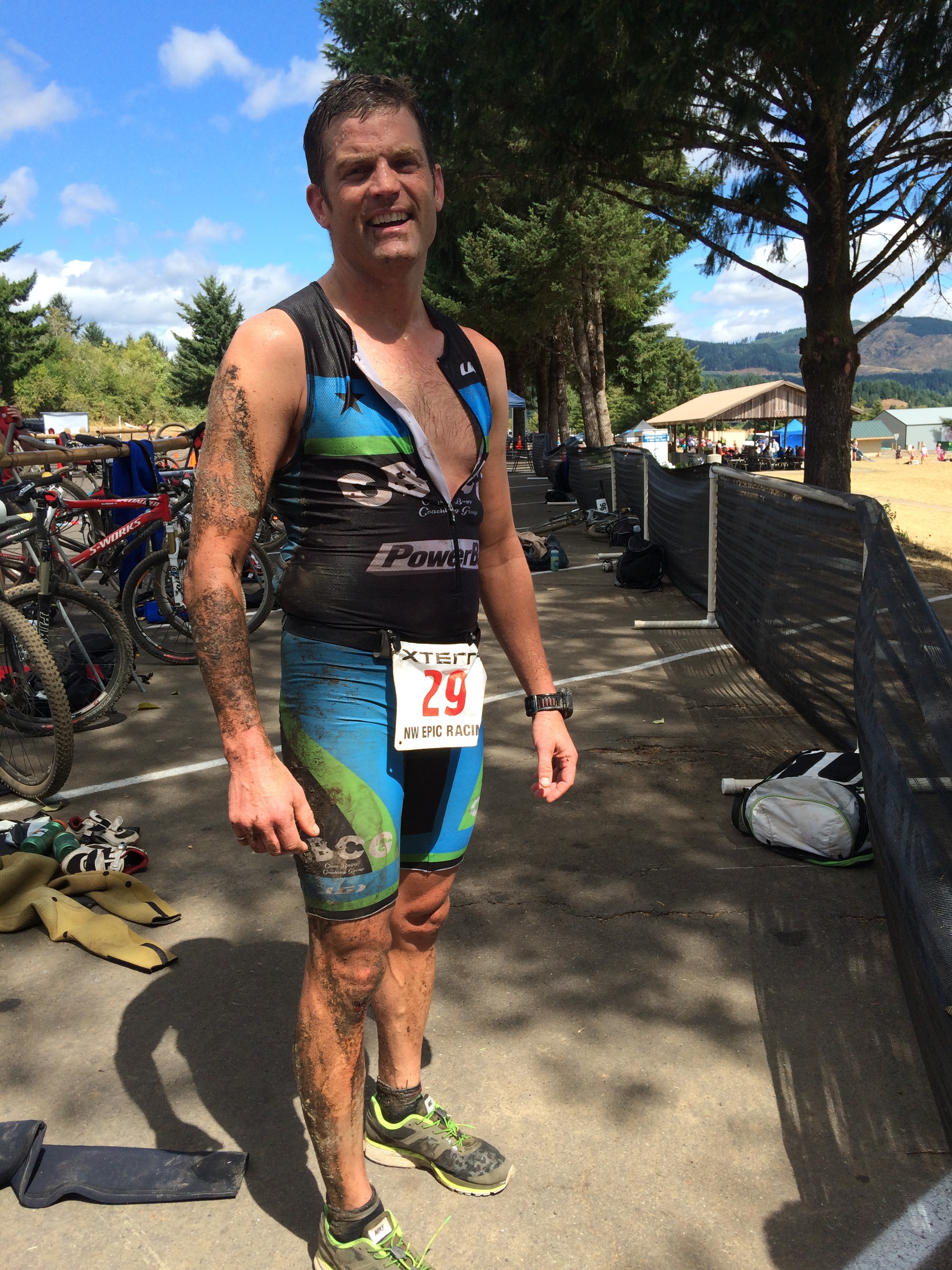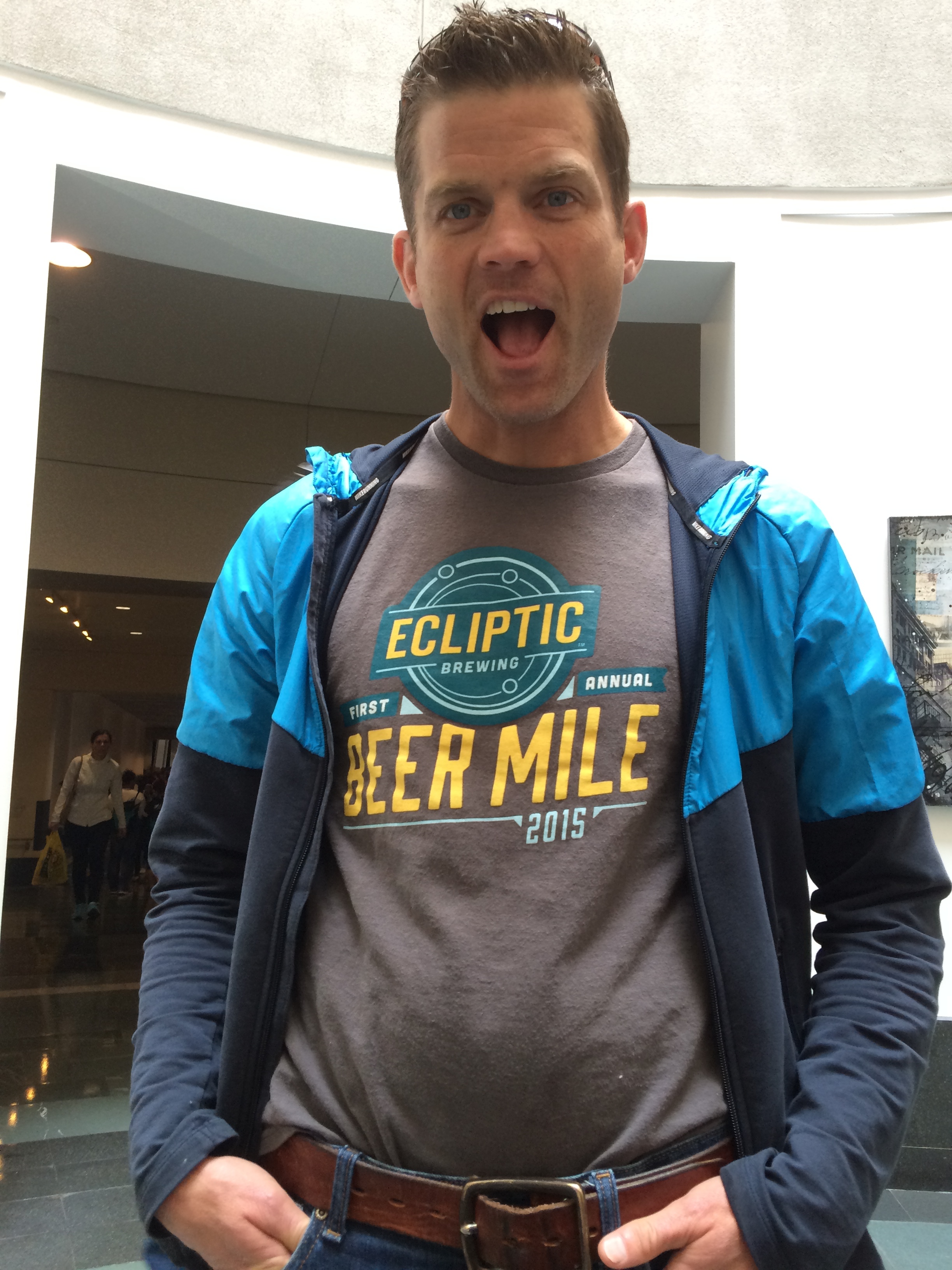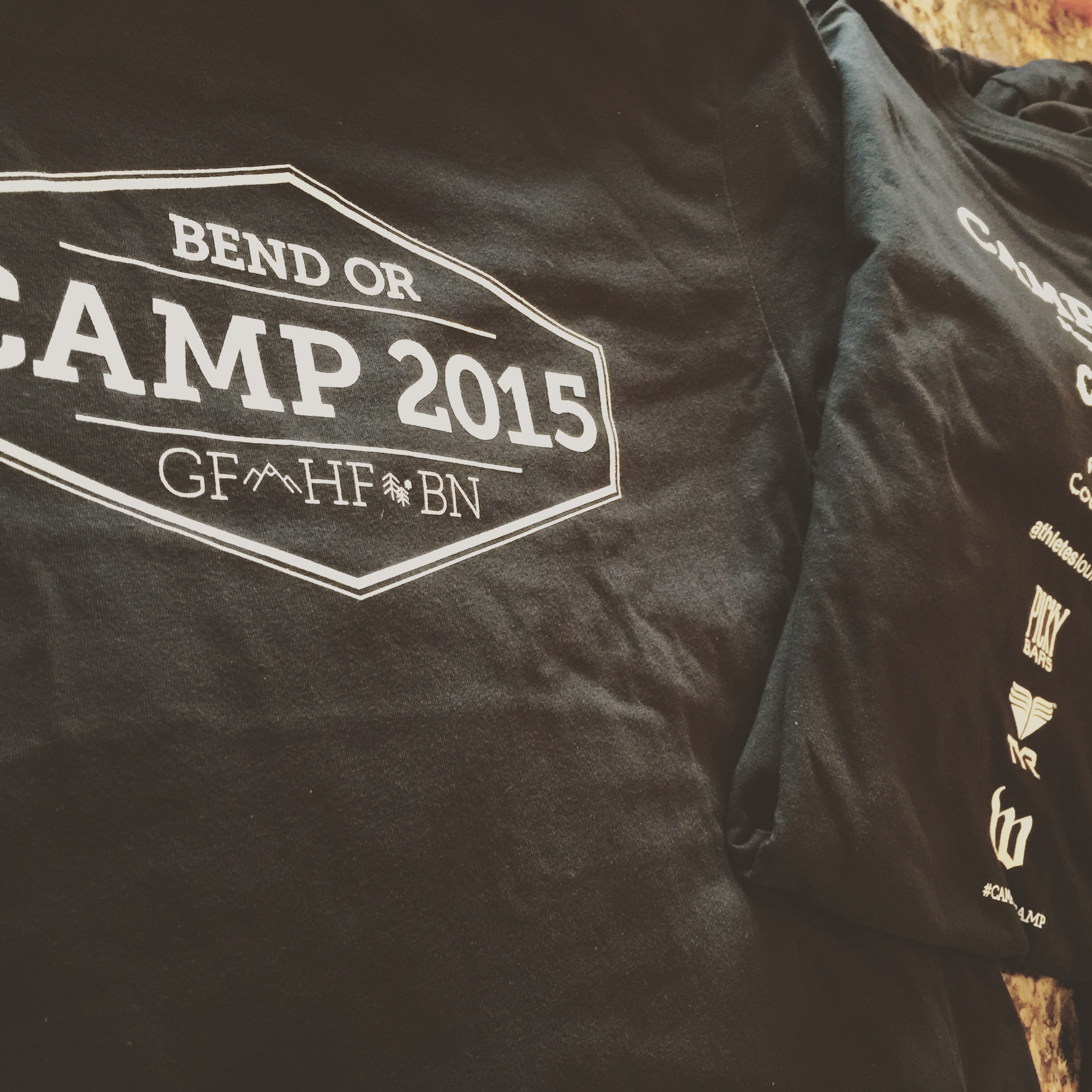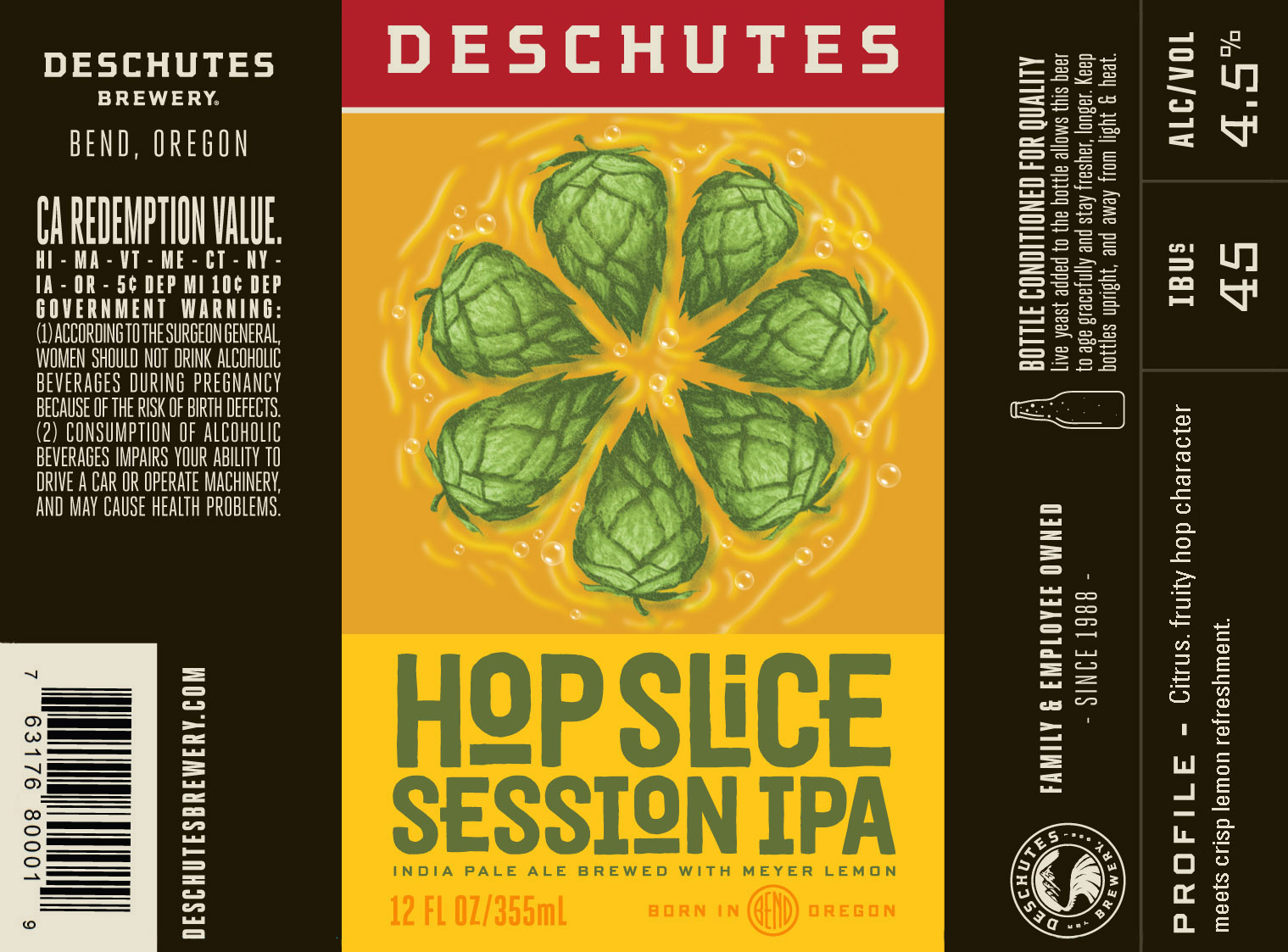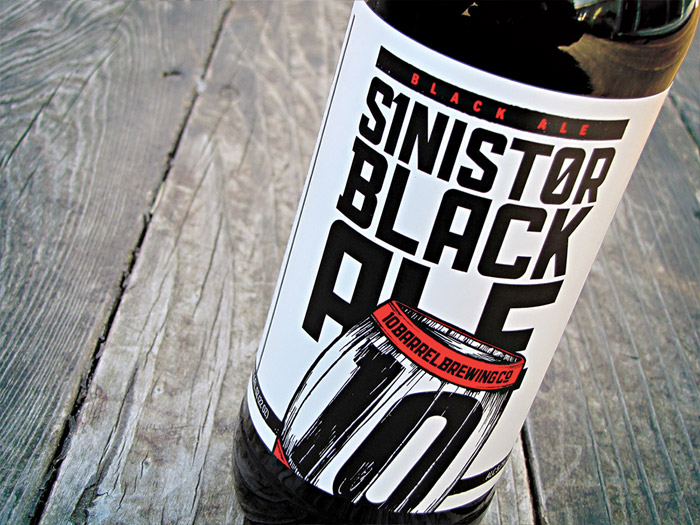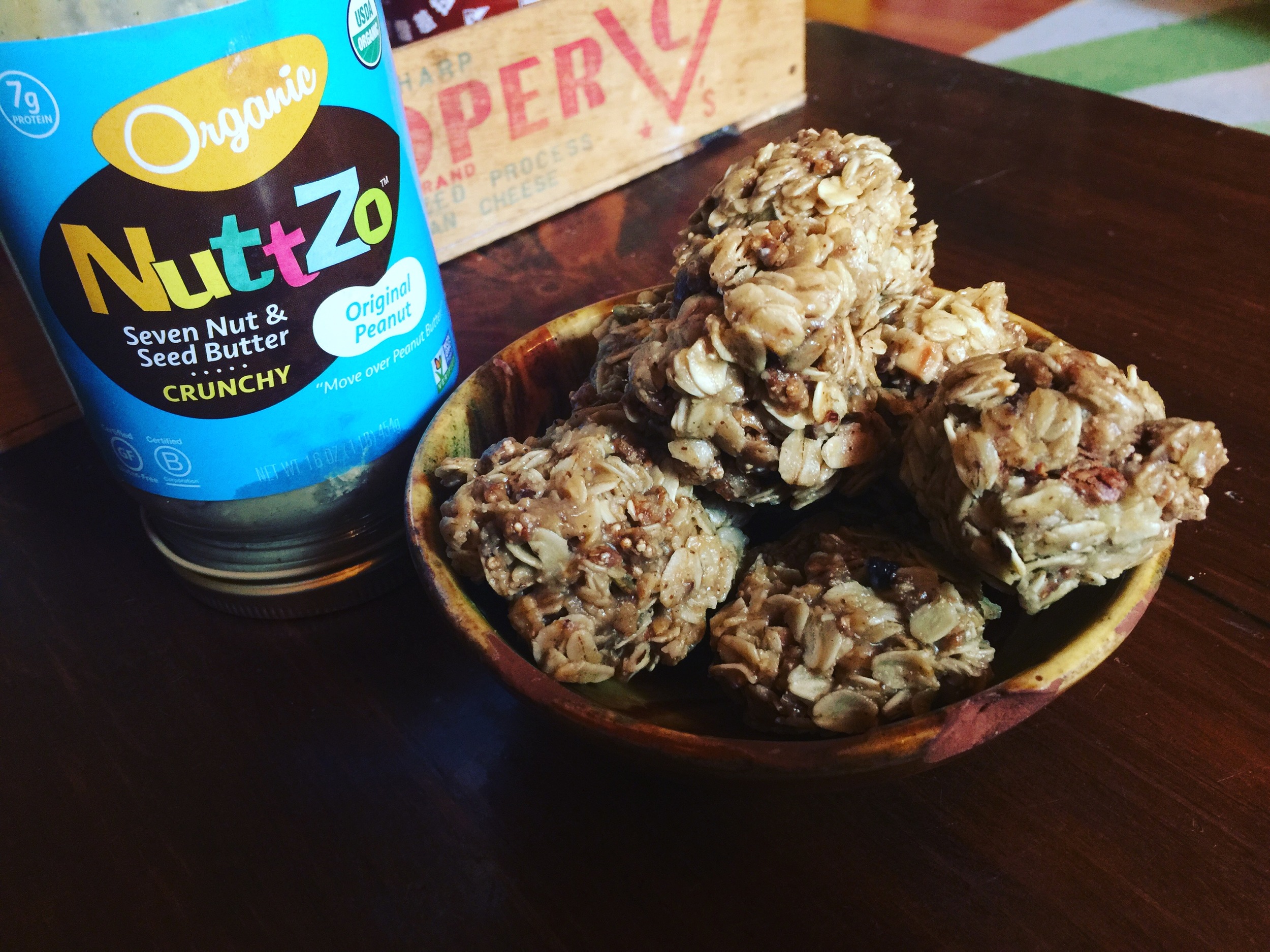by Molly Balfe
On a foggy morning in August, my friend Ed and I stepped off the Chebeague Island Ferry, somewhat prepared for the inaugural Casco Bay SwimRun USA. Ed had been accepted to the event through his success in the dubious sport of winter open water racing, and I had been tapped as his replacement teammate, his original partner sidelined due to the birth of twin girls. Let me back up a moment. For those of you unfamiliar with the sport, SwimRun (somewhat unsurprisingly) pairs open water swimming with overland running. Teams of two navigate from island to island while following a predetermined and often unmarked course, all the while tethered to each other by a ten-meter cord. That’s right: you race this event through unfriendly, unclear terrain literally tied to another human. This is one of the odd elements of SwimRun, but by no means the only one. Ahead are my reflections on my first of what I hope to be many SwimRun races. I hope you can benefit from a few of my mistakes. There are many to choose from, but I’ll start with what I did right:
Partner Selection
As I mentioned above, SwimRun is truly a team event. You cannot ignore someone fastened to the end of a rope that is, in turn, fastened to you, and your most critical decision will be choosing that person. I was lucky enough to be racing with an old training and racing buddy, and I suggest you do the same. For your first SwimRun, picking someone who you know, like, and can frequently forgive is of paramount importance. We made a lot of mistakes; we slowed each other down; we got lost; we got frustrated; through it all we had a pretty great time. Ed and I went into this race ready to have fun and learn something about the sport, and I think that attitude served us better than any of our training (this fact is partially because we did a very poor job of training for this event, but I will cover that in a later section). It becomes obvious early on in this kind of racing that you can only go as fast as your weakest team member, so I would urge choosing someone who runs and swims at around the same speed as you. Even with similarly-able athletes, however, a significant potential looms for one person to slow down due to fatigue, gear malfunction, or moment of unparalleled grumpiness. Race with someone whom you trust to watch you fall apart, and with whom you can laugh when things get tough. You will spend a long time with this person (and did I mention the tether?), so you better get along with them. Ed is a significantly faster swimmer than me, and I am a slightly faster runner. This ended up mattering very little, in the end. Ed and I being able to laugh our asses off while ensnared by deadly sea grass ended up mattering quite a bit.
Gear Selection
My background is in triathlon, so I am no stranger to the endless possibilities of racing gear. That being said, I had no idea what I was in for when I signed up for this event. There are no transition areas in SwimRun, so you carry everything you need for the duration of the race. The water is frequently cold (SwimRun traces its birthplace to Scandanavia), so you need a wetsuit. Running in a wetsuit feels like being inside the hotdog machine at a 7/11, so you cut the wetsuit off at the knees and elbows. You run on trails (I use both “run” and “trails” as a kind of poor translation to what you end up actually doing, and the surfaces you end up doing it on), so you have to wear shoes. Shoes are difficult to swim with, so you bring a pull buoy to help keep your hips up and buy shoes that drain well. Paddles SHOULD make you go faster, so you strap them to your wrists with rubber bands to keep them attached to your body while you’re running. The course is covered with poison ivy in Maine, and probably other stinging foliage in other parts of the world, so compression socks come in real handy. Also, you need a cap, goggles, compass, whistle, waterproof map, tracking beacon, tether, and nutrition. By the time you round up everything you need, you look like a damn fool (see picture, above).
We spent a fair amount of time talking about (notice I didn’t say “training with”) what we should use and figuring out how to securely attach it so it didn’t float away to sea. We ended up tying buoys to our thighs with bungee cord, which worked out really well. Thankfully, Ed had actually tried this in water and found that the cord expands when wet. Tie those ropes up tight! In general, we were incredibly and undeservedly lucky with the gear we chose. My brand new IceBug Acceleritas had about 9 miles on them, and they got through the swim and run portions like gang busters. Ed was smart enough to recommend using Injinji toe socks, and we were both surprised that we were blister-free at the end of our day. Blue Seventy generously sent us fantastic wetsuits, which we defiled with scissors and super glue. The only real mistakes that we made were:
1) The tether – swimming with a tether sucks. We didn’t anticipate that, so we went ahead and never practiced. Not practicing was a mistake. You want the tether to be long enough so that the slower swimmer can draft (or so the crabbier swimmer who threw away his paddles can draft… more on that in a second). You don’t want it to be so long, however, that it gets stuck in the aforementioned sea grass or traps other swimmers as they try to navigate around you. We cut our tether too short, so the drafting/crabby swimmer had to swim right on top of it in order to complete a full arm stroke. It also meant that drafting/crabby swimmer got constantly kicked by the leader’s brand new SwimRun shoes.
2) The paddles – I said it before, and I’ll say it again: Ed is a significantly faster swimmer than I am. I now know, however, that if you want to slow a faster swimmer give him dinner-plate size paddles that he hasn’t trained with and ask him to swim 4 miles in choppy ocean water. Smaller paddles are a much better option: they cause less fatigue and don’t interfere as much with your stroke when swimming in open water. These reasons make it significantly less likely that you will rip them off and throw them away two-thirds of the way through the course (ahem; see above).
Training
I did not train enough for this race. Also, I did not do the right kind of training. My training plan was geared towards the longest swim (which was just over a mile), and it should have been at least a 5K plan. I didn’t train enough with my paddles, so my arms fatigued quickly. This became a major problem as the current in the channels started to pick up. I spent far too little time running on trails and the trails I ran on weren’t comparable to the boulder scrambles where we lost much of our time. Most importantly, I didn’t train enough in race-like conditions with the equipment I would be using on event day. This is a classic mistake of overconfident athletes, and I am appropriately shamed.














